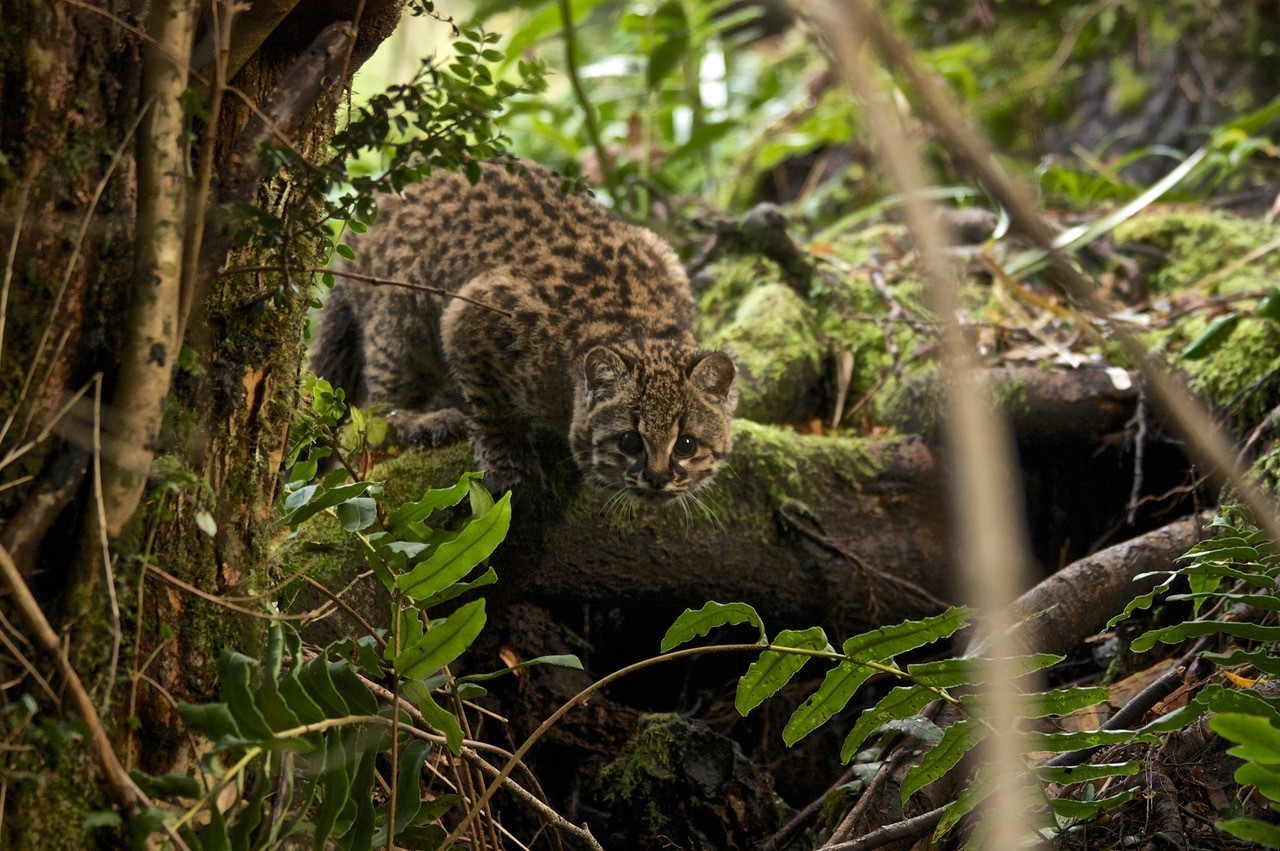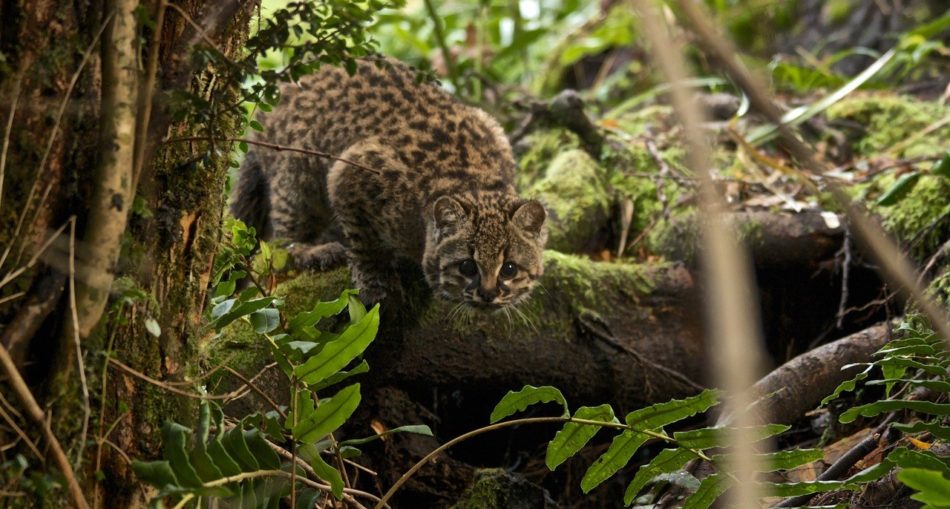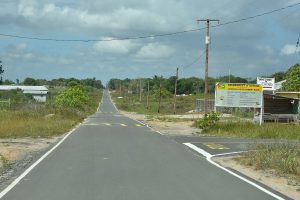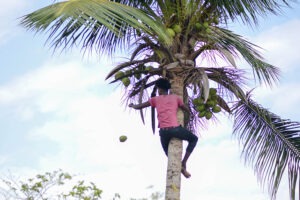The Kodkod is dubbed South America’s smallest wildcat, and rightly so as the animal reaches roughly fifty (50) cm in length. Despite its size, however, the Kodkod is a skilled climber and is able to scale trees more than one (1) metre thick without much effort. Kodkods, also known as guna, guigna and Chilean cat are native to South American countries like Guyana, Venezuela, Peru, and Argentina as well as Mexico and Central America. The scientific name of this Kodkod is Leopardus guigna and there are two subspecies of the tiny wildcat (Leopardus guigna), the L. g. guigna and L. g. tigrillo.

The Kodkod – Photo by: Fauna Australis via Darwin Initiative (https://www.flickr.com/photos/123350223@N04/49829007091)
Description Of the Kodkod
The Kodkod is a relatively small cat reaching up to around thirty-seven to fifty-one (37- 51) cm in length and weigh around four to five (4-5) lbs. The cats have short, thick tails around twenty to twenty-five (20-25) cm with a shoulder height of twenty-five (25) cm. Compared to its large feet, the Kodkod has a small head. The animal’s fur is typically brownish-yellow to grey-brown, dotted with dark spots, a pale underside and a ringed tail. Its ears are black with one white spot and its shoulders and neck form almost dotted streaks.
Scientific Name Of The Kodkod
- Kingdom: Animalia
- Phylum: Chordata
- Class: Mammalia
- Order: Carnivora
- Suborder: Feliformia
- Family: Felidae
- Subfamily: Felinae
- Genus: Leopardus
- Species: L. guigna
Habitat Of The Kodkod
The Kodkod primarily inhabits temperature rainforests to deciduous temperate moist forests, sclerophyllous scrub and coniferous forests. The wildcat can also be found in secondary forest and shrub as well as primary forest. Additionally, they may be found living near settled or cultivated areas. The range of the Kodkod extends up to one thousand and nine hundred (1900) m.
Diet Of the Kodkod
The diet of the Kodkod consists of lizards, rodents and birds of forested areas and ravines; the latter of which include domestic geese, chicken austral thrush and southern lapwings.
Behaviour Of the Kodkod
The Kodkod is active both in the day and night, however, they only enter open terrain under the cover of night. In the day they can be found resting in the dense vegetation of ravines, along streams with a dense cover or near dead gorse shrubs. The male Kodkod occupies a territory of about one to two (1-2) square km, compared to their female counterparts who maintains a smaller area of zero point five to zero point seven (0.5-0.7) square kilometres.
Reproduction Of The Kodkod
Because the Kodkod is a rare animal, little is known about its reproduction. It is generally believed that they have more than one mate in a wide area range. Their gestation lasts about seventy-two to seventy-eight (72-78) days, after which they produce a litter consisting of one to four (1-4) kittens. Both male and female Kodkods reach sexual maturity at about twenty-four (24) months for both males and females and have a lifespan of eleven years.
Status Of Conservation Of The
The Kodkod (Leopardus guigna) are listed as vulnerable in the International Union for the Conservation of Nature (IUCN) and are on the CITES Appendix II list.
The Kodkod In Guyana
The Kodkod is the smallest wildcat in Guyana and South America. It is especially noted for its tiny size and excellent tree-climbing abilities. Small in size, the Kodkods are also becoming small in number. Due to domestic hunting combined with deforestation, and habitat loss the species is becoming smaller.
Article References
- https://en.wikipedia.org/wiki/Kodkod
- https://watermark.silverchair.com/579-1.pdf?
- https://animaldiversity.org/accounts/Leopardus_guigna/







